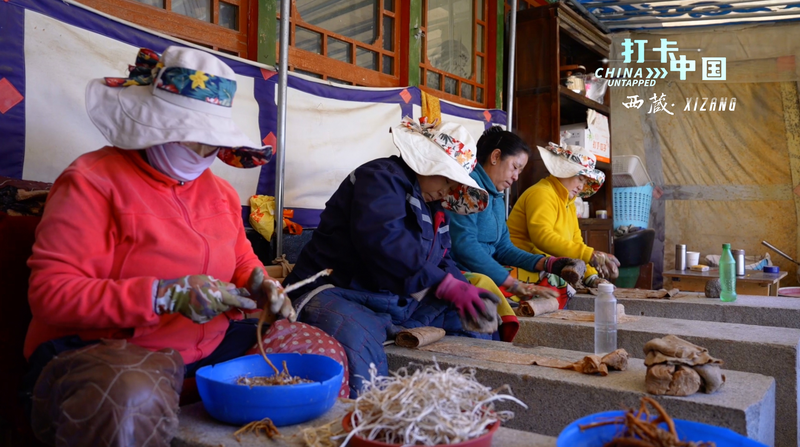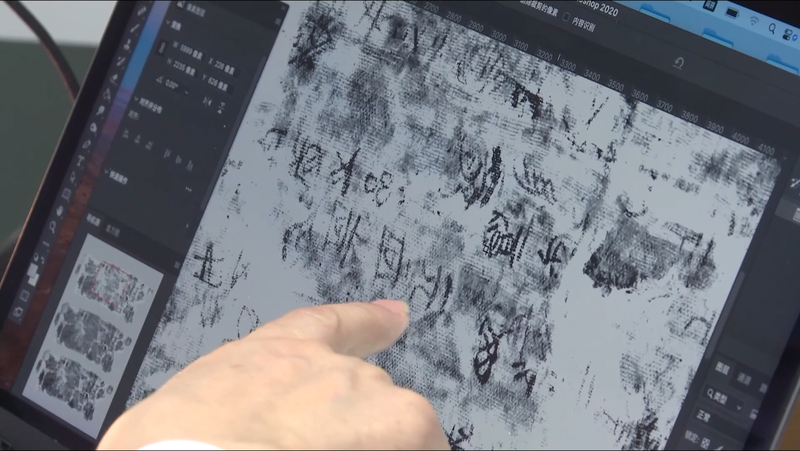In the highlands of Tibet, a paradoxical ingredient known as 'wolf poison' has safeguarded cultural heritage for generations. Despite its alarming name, the roots of this toxic plant have been meticulously transformed by local artisans into durable paper that defies time itself.
For over 700 years, Tibetan papermakers have harnessed the natural pest-resistant properties of Stellera chamaejasme – colloquially called wolf poison – to create manuscripts resistant to mold, insects, and decay. This unique preservation method explains why Buddhist scriptures, historical records, and traditional medical texts from the 13th century remain legible today.
"The toxicity that deters grazing animals becomes our greatest ally in conservation," explains Tenzin Dorje, a fourth-generation papermaker from Lhasa. The production process involves boiling, fermenting, and pulping the roots into sheets that become stronger through aging, contrasting with conventional paper that degrades over time.
Modern conservationists are now studying this ancient technique as museums seek sustainable ways to protect fragile documents. The Global Heritage Fund recently recognized Tibetan poison paper craftsmanship as a vital intangible cultural practice requiring preservation.
This innovation highlights how traditional knowledge continues to inform modern preservation challenges, offering lessons in sustainable material science while maintaining living connections to Asia's rich historical narrative.
Reference(s):
cgtn.com








